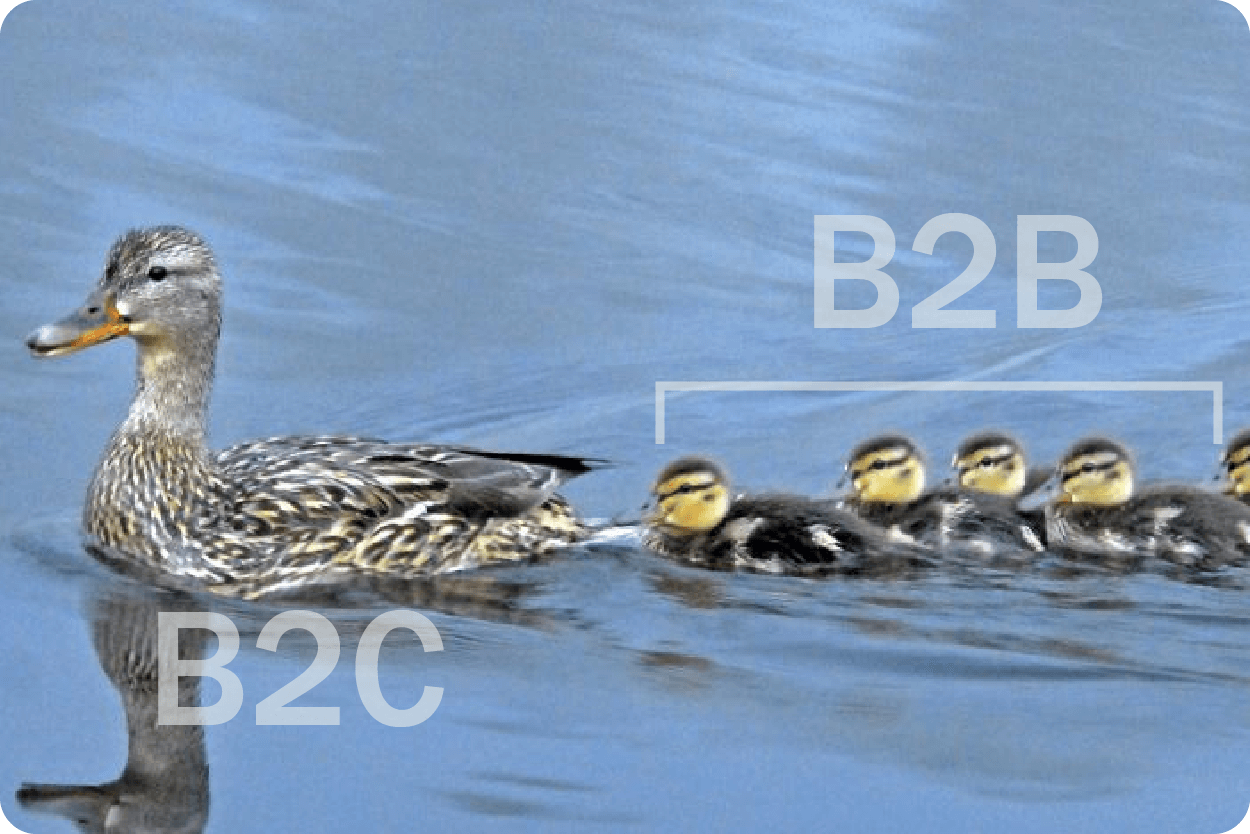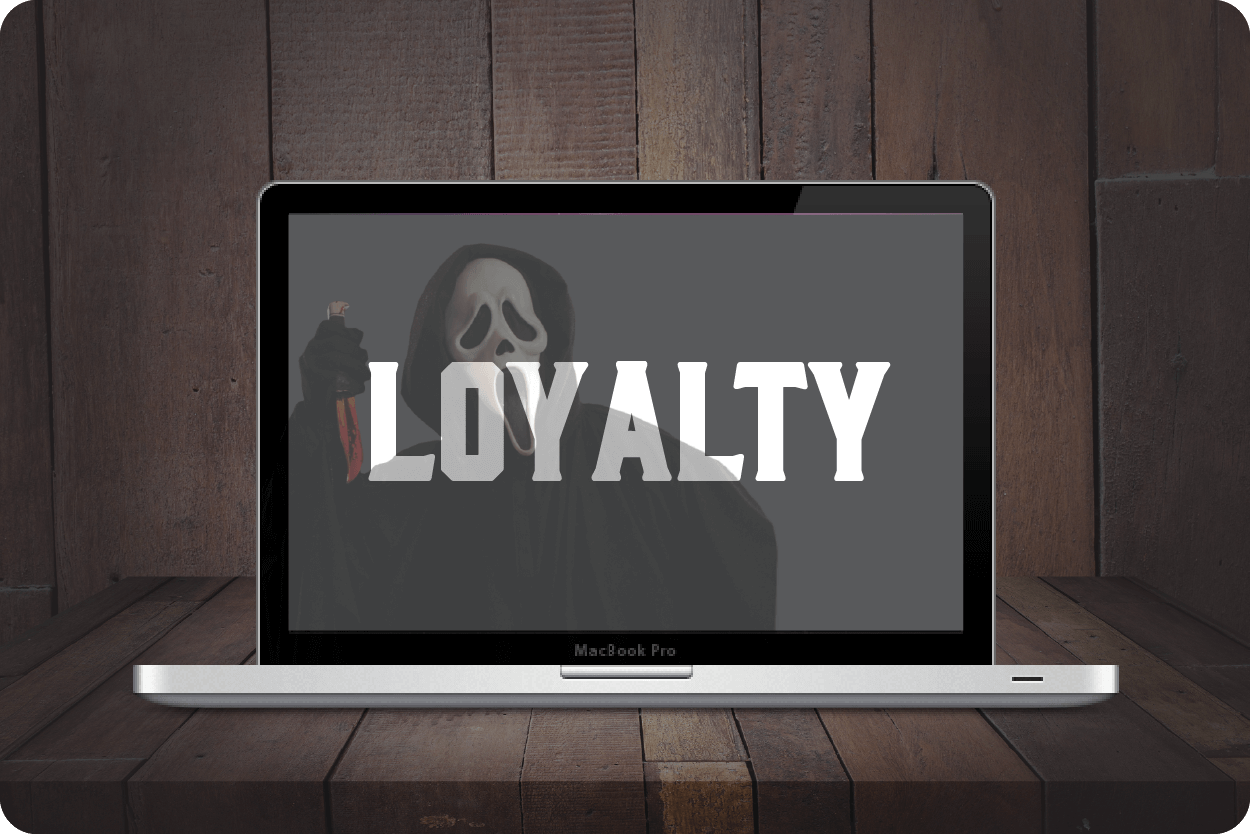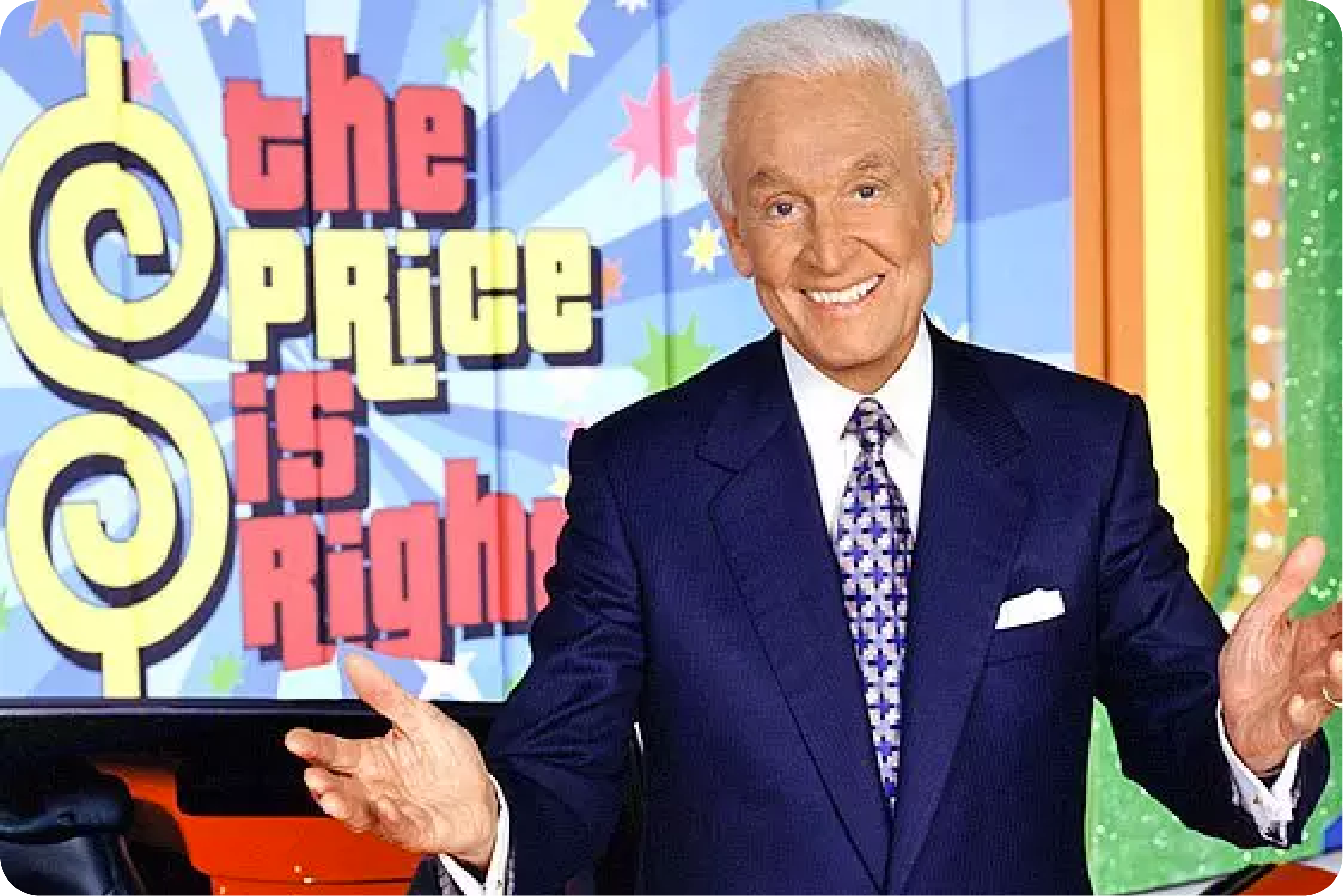eCommerce
-

How to be ahead in B2B by following B2C
.
In marketing there are commonly two very distinct schools, B2B and B2C. For the most part, everyone thinks that these schools are completely different. In their defense, there are…
-

Digital Marketing, The (possible) Death of Loyalty
.
Throughout my blogs you will undoubtedly hear me preach the need for automation across all areas of marketing as well as any operation. Yet, there are negatives to automation.…
-

How Price Transparency Builds Trust and Sales
.
After a large rainstorm, it became very evident that my gutters were no longer doing what they were intended to do. Unless water spilling over the edge of the…
